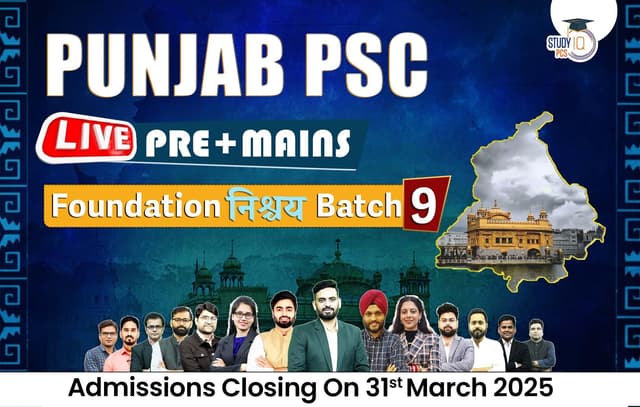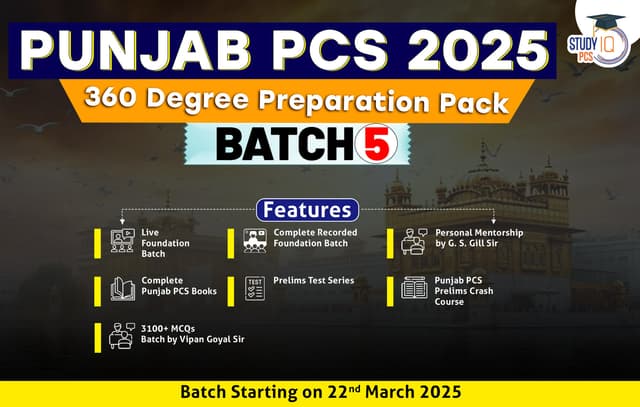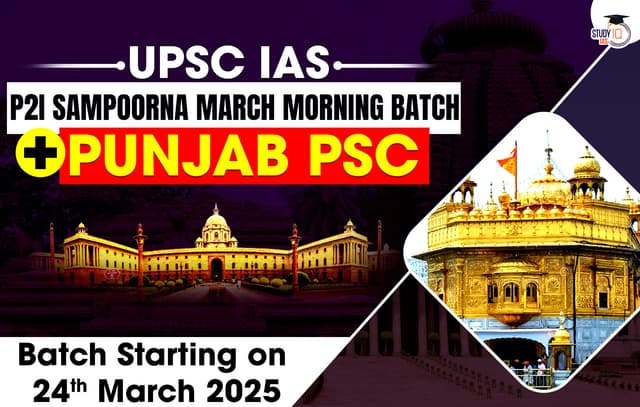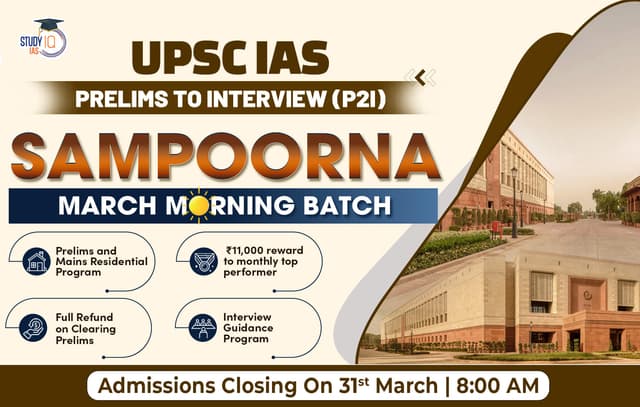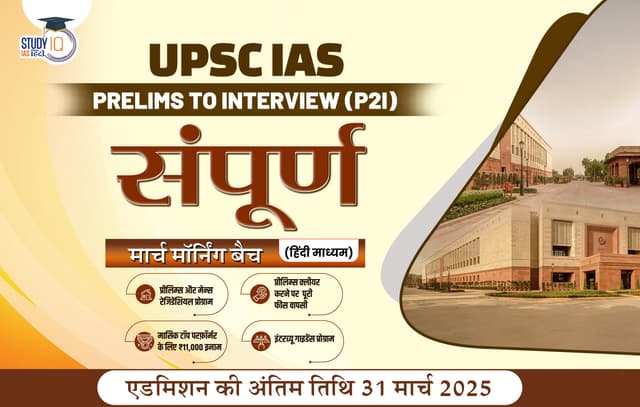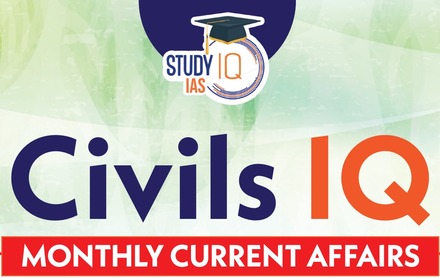Table of Contents
Banda Singh Bahadur
- Birth: October 27, 1670, Rajouri, Kashmir
- Father: Sri Ramdev
- Wife: Susheel Kaur
- Son: Ajai Singh
- Also Known As: Lachhman Das, Madho Das, Banda Bairagi, Gurbaksh Singh
- Death: June 9, 1716, Delhi
Banda Singh Bahadur, originally named Lachhman Das (or Dev), was born on October 27, 1670, in Rajouri, which is now part of the Union Territory of Jammu and Kashmir. He was the son of Ram Dev, a farmer from the Bhardwaj clan. As a young boy, Lachhman was passionate about hunting. However, a life-changing event occurred when he killed a pregnant doe, witnessing the suffering it endured. Deeply affected, he decided to renounce worldly life and became a Hindu ascetic (Bairagi) under Janki Das, adopting the name Madho Das.
His journey of spiritual exploration led him to Nasik, where he met a yogi named Aughar Nath. Under Aughar’s guidance, he learned about yoga and mystical incantations. After Aughar Nath’s demise, Madho Das moved to Nanded and established his own monastery (dera) on the banks of the Godavari River, where he gained a reputation for practicing magical feats.
Meeting with Guru Gobind Singh Ji
In September 1708, Guru Gobind Singh visited Madho Das at his dera in Nanded. Upon their meeting, Madho Das immediately acknowledged himself as the Guru’s servant, referring to himself as “Banda” (slave). Guru Gobind Singh baptized him into the Sikh faith, renaming him Gurbaksh Singh, but he continued to be known as Banda Singh. Recognizing Banda’s devotion and military prowess, Guru Gobind Singh entrusted him with the mission of fighting against Mughal oppression. He gave Banda five arrows, a khanda (double-edged sword), and a nagara (war drum) as symbols of his power. Guru Sahib also sent prominent Sikh warriors—Bhai Binod Singh, Bhai Kahan Singh, Bhai Baaj Singh, Bhai Daya Singh, and Bhai Ram Singh—to assist him in Punjab.
Guru Gobind Singh issued Hukamnamas (letters of authority) instructing Sikhs to recognize Banda Singh as their political leader. It is crucial to note that Banda was not sent to avenge the deaths of Mata Gujari and the young Sahibzaadas but to dismantle Mughal tyranny and oppression.
Military Campaigns
Upon reaching Delhi, Banda Singh issued Hukamnamas to Sikhs, urging them to join his cause. Thousands of warriors gathered under his leadership as he advanced toward Punjab. His first military action took place at Sonepat, where he seized the royal treasury at Bhuna, securing essential resources for his army.
Conquest of Samana
On November 26, 1709, Banda attacked Samana, where many executioners of Sikh martyrs, including Sayyid Jalal-ud-Din (who executed Guru Tegh Bahadur) and Sashal Beg and Bashal Beg (who executed Guru Gobind Singh’s sons), resided. His forces crushed them, and Fateh Singh was appointed as the new ruler of Samana. After this victory, Banda proceeded towards Sadhaura, capturing key towns like Ghuram, Ambala, and Kapuri along the way.
Conquest of Sadhaura
Sadhaura was ruled by Usman Khan, a tyrant responsible for killing Budhu Shah, who had once aided Guru Gobind Singh in battle. Banda’s forces overpowered Usman Khan’s army, and Sikhs slaughtered the Muslim inhabitants who sought refuge in a local mansion, which later came to be known as ‘Qatal Garhi’ (Slaughter House). From there, Banda moved towards Mukhlispur, which he swiftly captured and renamed ‘Lohgarh’ (Iron Fort), establishing it as his stronghold.
Battle of Chappar-Chiri and Conquest of Sirhind
Banda’s main goal was to capture Sirhind and eliminate its governor, Wazir Khan, who had executed the two younger Sahibzaadas (Zorawar Singh and Fateh Singh) and repeatedly harassed Guru Gobind Singh. In May 1710, Banda’s forces, vastly outnumbered by Wazir Khan’s 20,000-strong army, engaged in a fierce battle at Chappar-Chiri (near present-day SAS Nagar). The Sikhs emerged victorious, and Wazir Khan was killed in combat by Fateh Singh. After securing Chappar-Chiri, Banda’s forces stormed Sirhind and seized control of the city.
To administer his newly conquered territories, Banda appointed Baaj Singh as the governor of Sirhind, while Baba Binod Singh and Ram Singh were assigned control of Thanesar (now in Haryana). He established Lohgarh as his capital and implemented progressive policies, including the abolition of the oppressive Zamindari system. He also minted coins in the name of Guru Nanak and Guru Gobind Singh.
Later Conquests
Banda’s forces continued their military campaigns, capturing the regions between the Ganga and Yamuna rivers. Inspired by his successes, Sikhs in Jullundur Doab took up arms and expelled the Mughal authorities. Banda marched to their aid and secured victories, capturing Amritsar, Batala, Kalanaur, Pathankot, and Lahore. His conquests extended Sikh influence across Punjab, from Lahore to Delhi.
Mughal Retaliation
Mughal Emperor Bahadur Shah, alarmed by Banda’s growing power, mobilized a massive 60,000-strong army in December 1710. To avoid a direct confrontation, Banda retreated to Lohgarh, which was soon besieged by the Mughals. After a valiant resistance, Banda and his followers escaped to the Nahan hills due to food shortages.
During his time in Nahan, Banda married Bibi Susheel Kaur, the daughter of the Raja of Chamba, and in late 1711, their son Ajai Singh was born. Despite setbacks, Banda rallied his forces and continued resistance against the Mughals. The death of Bahadur Shah in 1712 led to internal conflicts among Mughal princes, allowing Banda to reclaim Lohgarh and extend his campaigns across Multan and Jalandhar.
Battle of Gurdas Nangal
By 1715, Banda had regained control of Kalanaur and Batala, prompting the Mughal Emperor Farrukhsiyar to launch a renewed offensive. A massive Mughal force, led by Abdus-Samad Khan, besieged Banda and his followers at the Haveli of Duni Chand in Gurdas Nangal. The siege lasted for several months, during which the Sikhs endured extreme starvation, surviving on grass and leaves. Eventually, due to dwindling numbers and exhaustion, Banda and his remaining warriors were captured on December 7, 1715.
Martyrdom
Following their capture, Banda and 200 of his followers were taken to Delhi under Zakariya Khan’s command. They were paraded through the streets and tortured, yet they refused to renounce their faith. On June 9, 1716, Banda was ordered to kill his own son, Ajai Singh, but he refused. His son was brutally killed in front of him, with his heart thrust into Banda’s mouth. Despite relentless torture, including blinding, limb severing, and eventual dismemberment, Banda remained steadfast in his faith until his final breath.
Banda Singh Bahadur’s legacy remains an enduring symbol of bravery and sacrifice in Sikh history. His struggle against Mughal oppression laid the foundation for future Sikh resistance and the eventual rise of the Sikh Empire.
| Punjab PCS Important Links | ||
| Punjab PCS Notification | Punjab PCS Apply Online | Punjab PCS Syllabus |
| PPSC Eligibility Criteria | PPSC PYQ | Punjab PCS Notes |

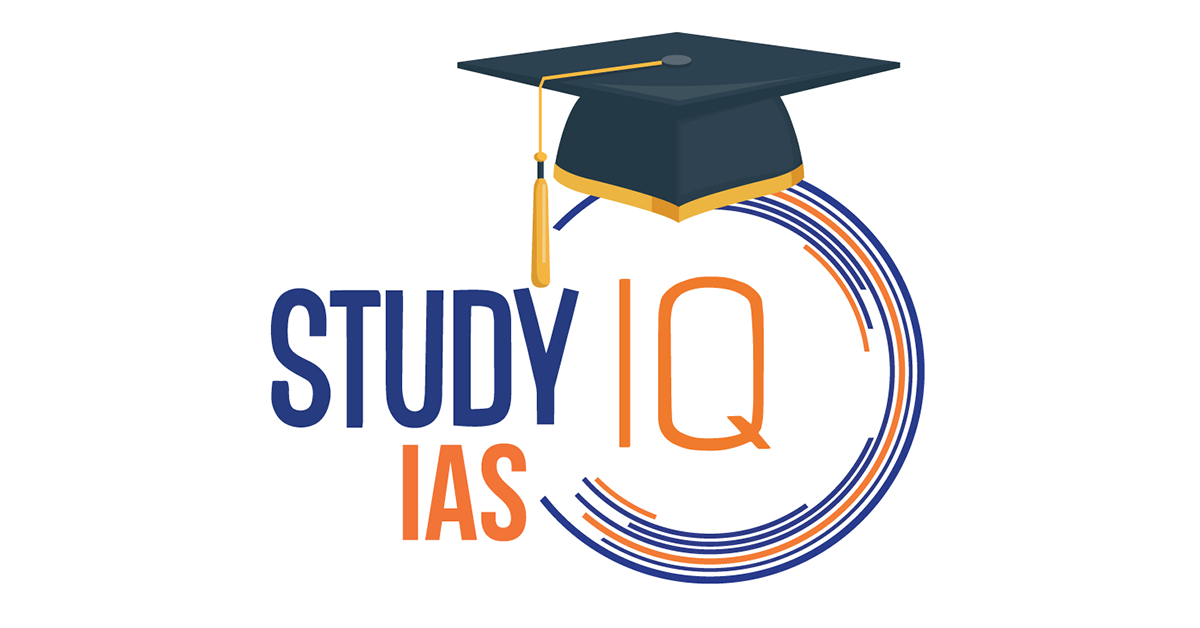
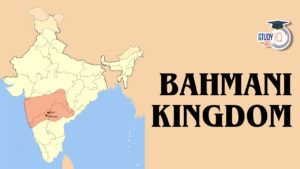 Bahmani Kingdom (1347-1527 AD), History,...
Bahmani Kingdom (1347-1527 AD), History,...
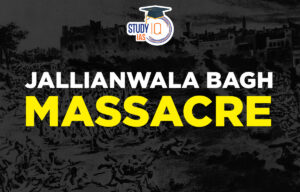 Jallianwala Bagh Massacre, Date, History...
Jallianwala Bagh Massacre, Date, History...
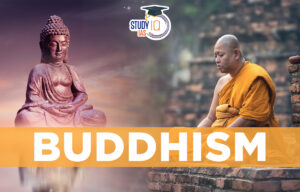 Buddhism History, Origin, Sect, Councils...
Buddhism History, Origin, Sect, Councils...
